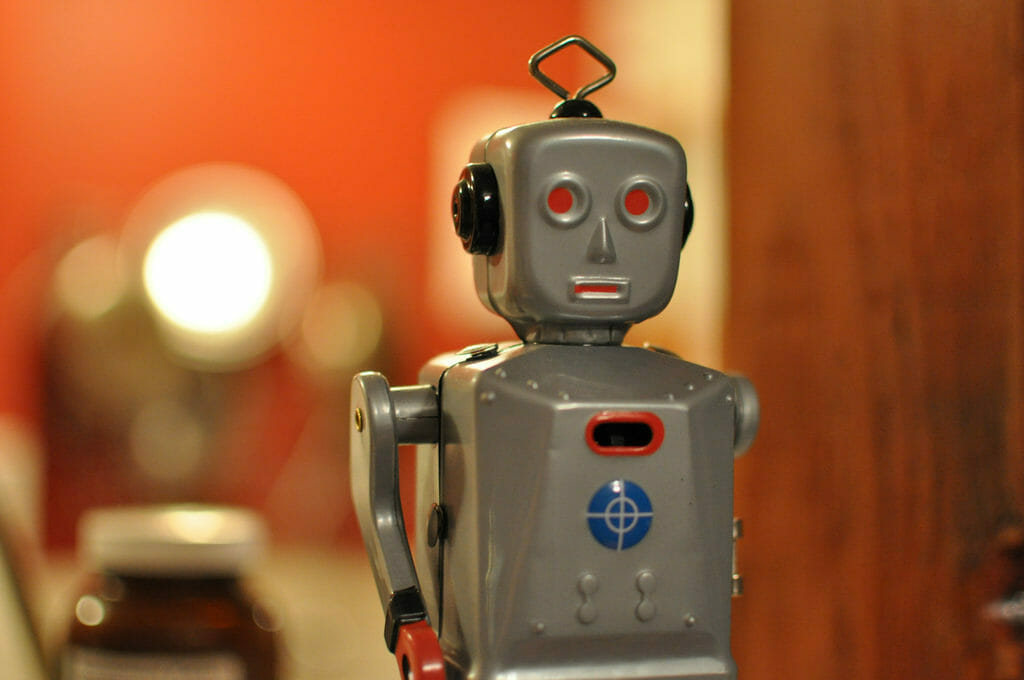
Perceptions of robots in senior living communities and other environments could change not just by how such models are used, but also by how they appear.
Robots composed with “soft, flexible” parts and materials are viewed more favorably — and as less of an existential threat to employees — than their hard-body counterparts, a new study shows.
Ongoing concern exists about how robots are used in senior living and care settings and whether wider adoption of robotic units, which can accomplish tasks as varied as cleaning and lifting residents, will end up supplanting human staff members.
Study participants viewed a video of a “soft” robot — one made of materials such as rubber and various fabrics — working alongside a human. After viewing those various video “vignettes,” the participants showed less anxiety and safety concerns regarding the scenario, the researchers suggested.
The researchers also tested how the speed of a robot might affect users’ perceptions but found that participants’ attitudes on actual movement were heavily influenced by whether they’d worked with a robot before.
“Many occupations are ripe for automation, yet technical and psychological barriers to adoption remain,” study authors concluded. “Closer interactions without adverse effects on psychosocial reactions may be possible with this newer class of [soft material] robots.”
The study on materials aesthetics is related to ongoing debates on how “human” robots should appear.
For robots aimed at senior living and care, developers have taken different approaches in this regard. Some, such as the conversation model ElliQ, are designed to appear more mechanical as a way of differentiating them from a user’s peers and caregivers. ElliQ is meant to be closer to a pet, or to allow for a new conception of artificial intelligence, its creators told the McKnight’s Tech Daily.
Some also have dismissed the concern of machines replacing humans as irrelevant to the current senior living and care industry, which is facing a staffing shortage.
Although using socializing robots in the absence of human caregivers is a real concern, many senior living communities and skilled nursing facilities that have adopted robots for more practical purposes have found that their workers appreciate the task relegation.
A food and snack delivery robot deployed by the Copley Health Center, a skilled nursing facility in Copley, OH, for instance, has allowed staff members to focus more on direct interaction with residents and patients, an administrator told the McKnight’s Tech Daily earlier this week.


